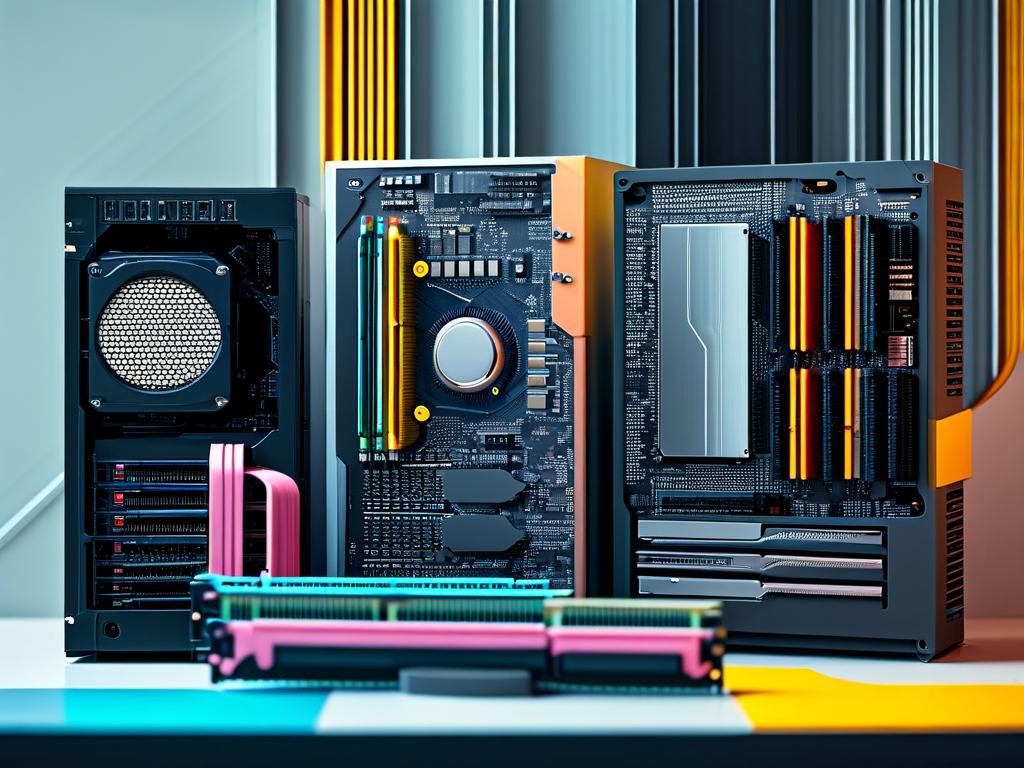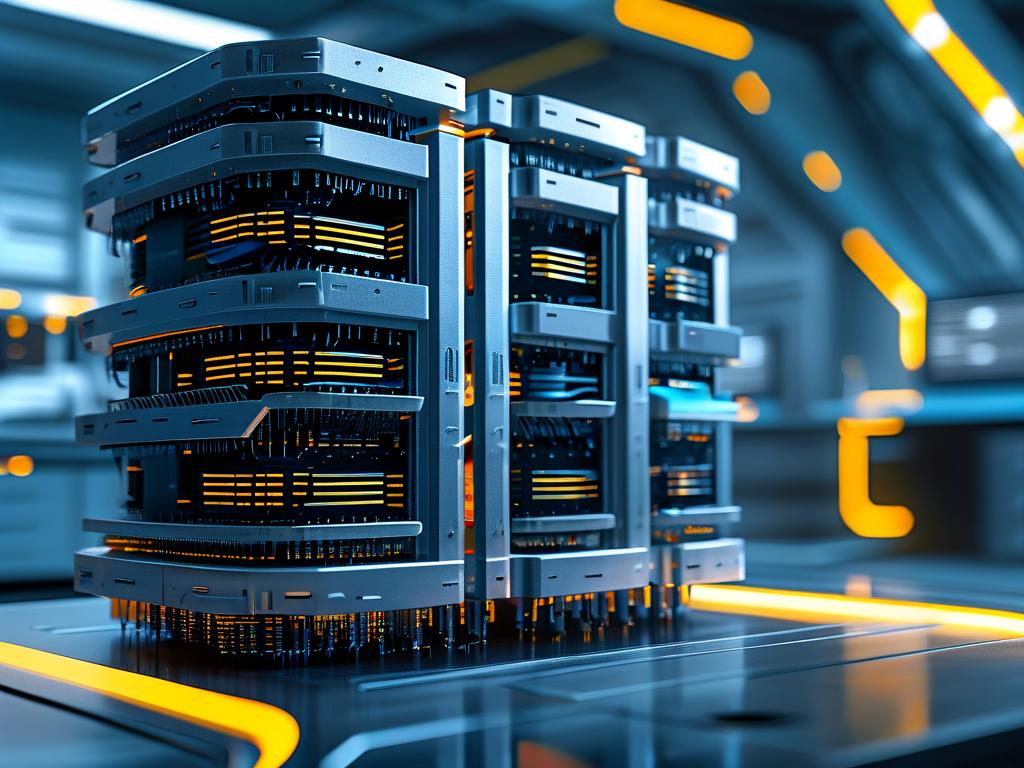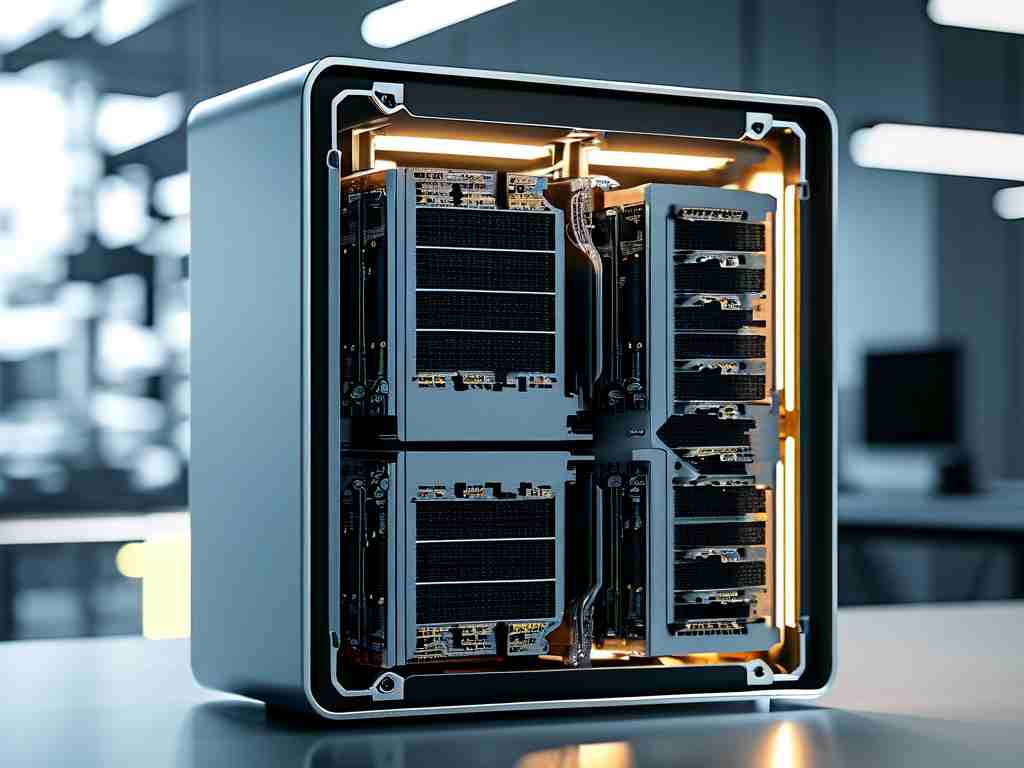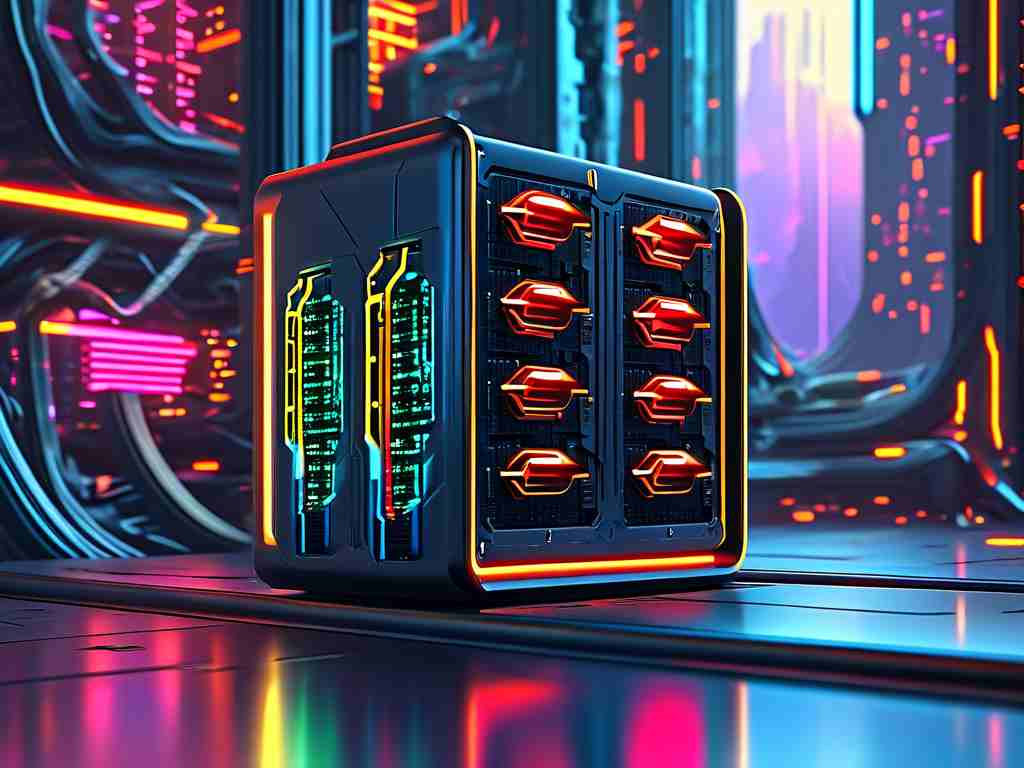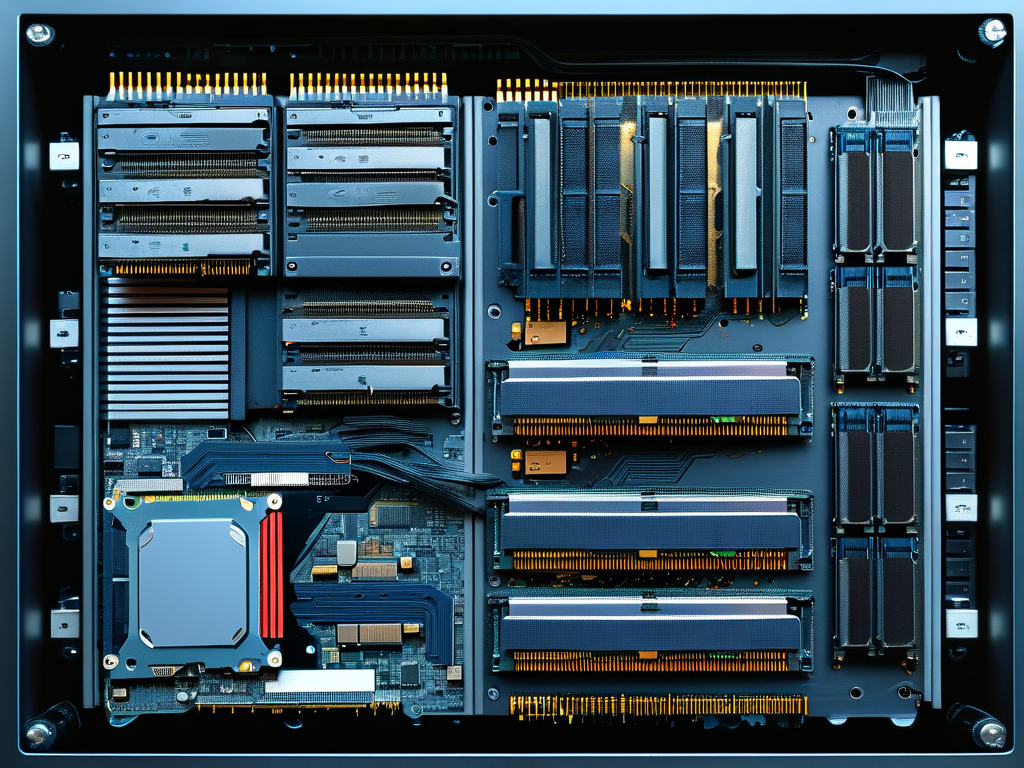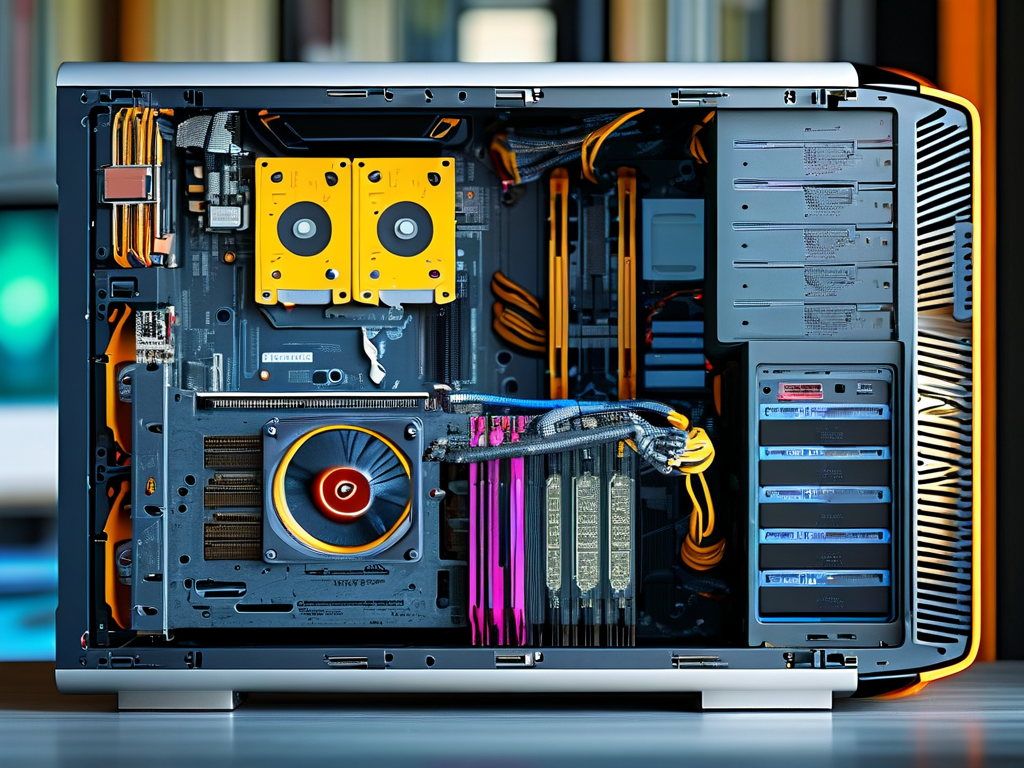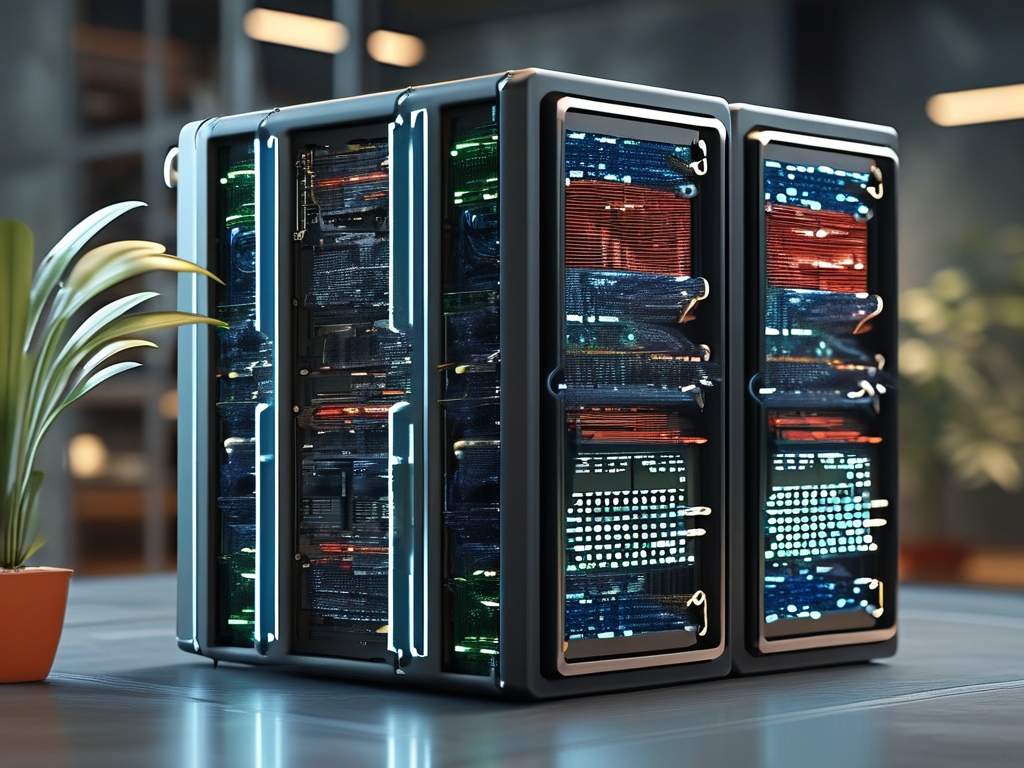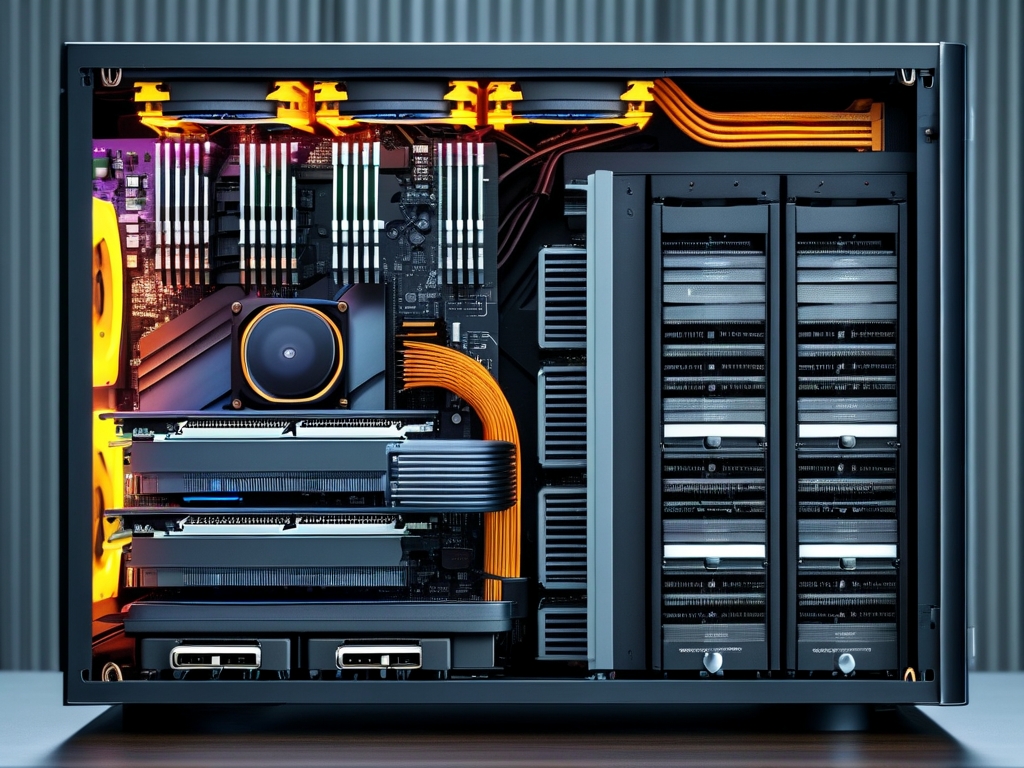In the realm of computing, primary memory plays a pivotal role in ensuring seamless operations and data accessibility. Often referred to as "main memory" or "system memory," it serves as the immediate storage medium that the central processing unit (CPU) interacts with during task execution. This article delves into the essential components of computer primary memory, exploring their functionalities and significance in modern computing systems.
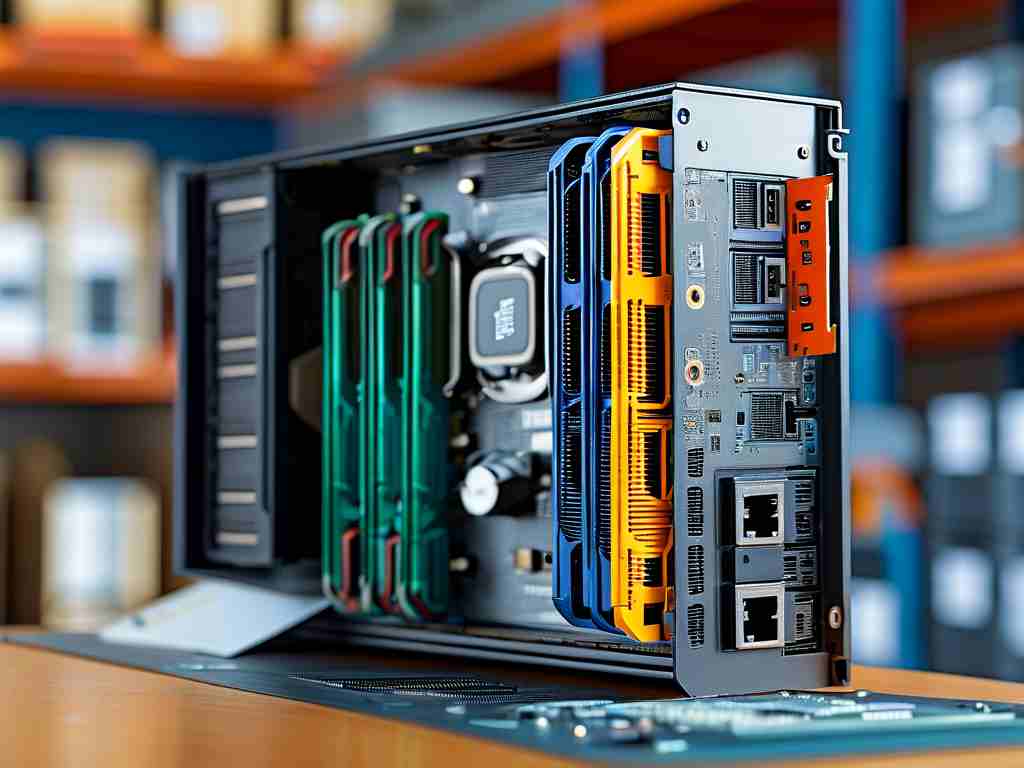
Random Access Memory (RAM)
RAM stands as the most widely recognized form of primary memory. This volatile storage medium temporarily holds data and instructions required by actively running applications. Modern systems typically employ two RAM variants:
- Dynamic RAM (DRAM): Characterized by its use of capacitors to store data bits, DRAM requires constant refreshing to maintain information integrity. While slower than its counterpart, it remains cost-effective for bulk memory needs.
- Static RAM (SRAM): Utilizing flip-flop circuits for data retention, SRAM delivers faster access times but at higher manufacturing costs. This makes it ideal for specialized applications like CPU cache memory.
Read-Only Memory (ROM)
Contrary to RAM's volatility, ROM provides non-volatile storage for critical system instructions. Manufacturers permanently embed data during production, ensuring persistent availability even without power. Notable ROM variations include:
- Programmable ROM (PROM): Allows one-time programming post-manufacturing
- Erasable PROM (EPROM): Features ultraviolet light-based data erasure capability
- Electrically Erasable PROM (EEPROM): Permits byte-level modifications through electrical signals
Cache Memory
Operating as a high-speed buffer between the CPU and main memory, cache memory significantly enhances processing efficiency. Modern processors typically incorporate three cache levels:
- L1 Cache: Integrated directly into the CPU core (2KB-64KB)
- L2 Cache: Serves individual cores or processor clusters (256KB-512KB)
- L3 Cache: Shared across multiple cores (1MB-32MB)
Flash Memory
While technically secondary storage, flash memory bridges the gap between traditional primary and secondary memory through its unique characteristics. Solid-state drives (SSDs) leverage flash technology to provide near-instant data access while maintaining persistence. This hybrid functionality makes it crucial for modern computing architectures.
Memory Hierarchy and Performance
The strategic arrangement of memory components creates a performance-optimized hierarchy:
# Simplified memory hierarchy representation
memory_hierarchy = {
'Registers': {'Size': '~KB', 'Speed': '1-3ns'},
'Cache': {'Size': 'KB-MB', 'Speed': '5-10ns'},
'RAM': {'Size': 'GB', 'Speed': '50-100ns'},
'Storage': {'Size': 'TB', 'Speed': '5-10ms'}
}
This tiered structure balances cost, capacity, and access speed to maximize system efficiency.
Emerging Memory Technologies
Recent advancements are reshaping primary memory landscapes:
- 3D XPoint: Intel and Micron's non-volatile memory offers RAM-like speeds with storage persistence
- MRAM (Magnetoresistive RAM): Combines SRAM speed with flash-like non-volatility
- ReRAM (Resistive RAM): Utilizes resistance changes in material layers for data storage
Practical Considerations
When configuring computer memory, users should evaluate:
- Application requirements (gaming vs. data analysis)
- Operating system specifications
- Hardware compatibility constraints
- Future upgrade potential
Understanding these primary memory components empowers users to make informed decisions about system upgrades and configurations. As technology evolves, the boundaries between memory types continue to blur, promising exciting developments in computing performance and efficiency.


